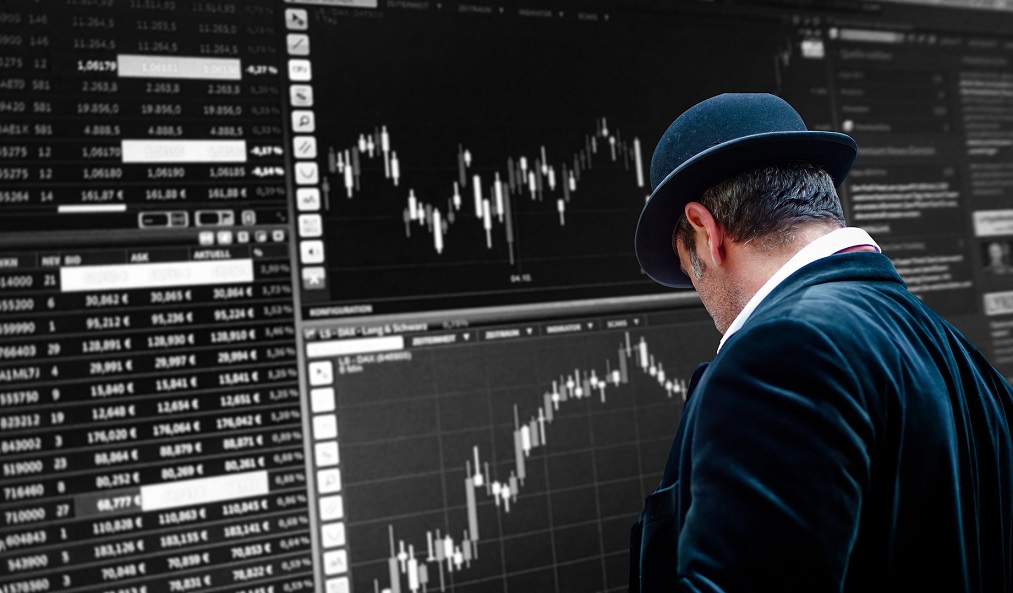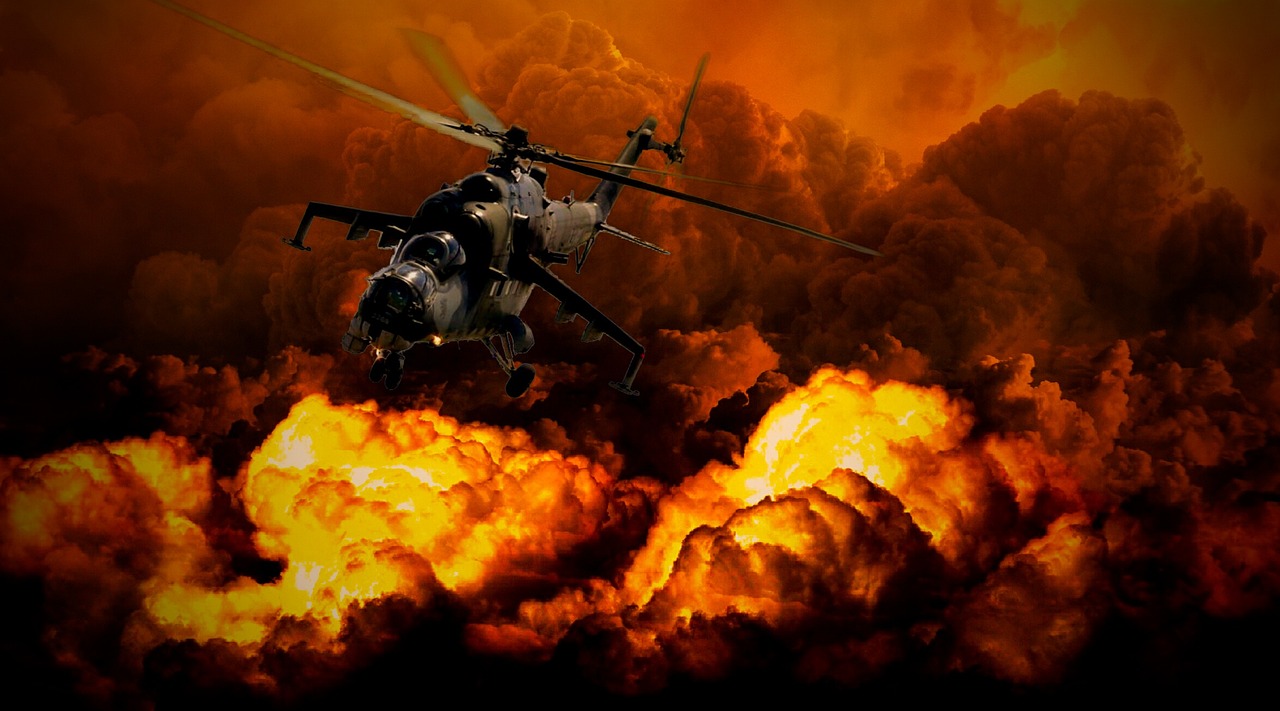Information coming from the North Atlantic Trade Organisation (NATO), the European Union, the United States, Japan, Russia, China and other international players shows an increase in expenditure on the production of weapons and dual-use technological goods (civil and military).
 María Julia Mayoral
María Julia Mayoral
Last January, NATO signed additional contracts for $1,200 million to purchase weapons in light of a plan that guaranteed orders above $10 million. The Secretary-General of the north Atlantic war alliance, Jens Stoltenberg, said that the contracts would allow the acquisition of “hundreds of thousands” of 155 millimetre artillery shells, to replenish the reserves of allied countries and continue supplying Ukraine in its conflict with Russia. Since the aforementioned plan was adopted in July 2023, the organisation has signed agreements beyond $10 billion with a view to acquiring missiles for cannons, ammunition for tanks and anti-aircraft artillery and missile systems, among other methods, he said.
To ensure arms for Ukraine, NATO members must increase their production and sign agreements with the industry, Stoltenber said, who recommended acting collaboratively and under the standards of the Alliance to lessen costs and take advantage of the existence of “interoperable and interchangeable” systems and ammunition.
The multi-annual contracts “provide a clear signal of demand to the industry” and generate incentives to invest in industrial production capacity, Stacy Cummings summarised.
 Although with different nuances, multilateral organisations, political personalities, religious leaders and analysts all warn that the spread of another Cold War is in motion, probably a much longer and more intense one than the one that happened from 1945 to 1991.
Although with different nuances, multilateral organisations, political personalities, religious leaders and analysts all warn that the spread of another Cold War is in motion, probably a much longer and more intense one than the one that happened from 1945 to 1991.
Estimates from the Stockholm International Peace Research Institute (Sipri) revealed that the 100 biggest arms companies in the world together earned about $597 billion in 2022, but had been able to sell so much due to the increase in demand. US companies got 51% of the arms revenue awarded to the 100 firms under analysis, adding up to $302 billion in 2022, the investigation specified.
Nevertheless, the figures from the military operation could be higher, as Sipri’s concept of “arms revenue” only considers resources generated by the sales of goods and services to national and foreign military clients.
According to the pacifist organisation headquartered in Stockholm, pending orders and the increase of contracts suggest that global arms revenue could significantly increase in the years to come.
In statements to the La Stampa newspaper, Pope Francis indicated last January that “A global cease-fire is urgent: either we do not realize it or we are pretending not to see that we are on the brink of the abyss,”
 The sales of American military equipment to other governments in 2023 reached the sum of $238 billion, according to data from the State Department, said Bruno Rodriguez, Cuban foreign minister.
The sales of American military equipment to other governments in 2023 reached the sum of $238 billion, according to data from the State Department, said Bruno Rodriguez, Cuban foreign minister.
“For the US economy, more wars, more business, the more deadly (the weapons), and the more lucrative,” the Cuban diplomat announced.
As warned by the United Nations Conference on Trade and Development (UNCTAD), the main trade routes are affected by a complex crisis due to the expansion of conflicts and climate challenges. UNCTAD decided to issue another “alarm bell” in response to the “growing disruptions” that harm maritime transport, responsible for more than 80% of the global movement of goods.
Prolonged disruptions, particularly in container shipping, pose a direct threat to global supply chains, causing delivery delays and higher costs, they added.
They emphasised that the crisis is also having an impact on international food prices, since longer distances and the increase in transportation rates can translate into higher costs.
 The challenges underscore the fragility of trade in the face of geopolitical tensions and climate-related issues, and demand collective efforts to find sustainable solutions, especially to support the most vulnerable nations, UNCTAD said.
The challenges underscore the fragility of trade in the face of geopolitical tensions and climate-related issues, and demand collective efforts to find sustainable solutions, especially to support the most vulnerable nations, UNCTAD said.
At the beginning of January, the World Bank (WB) warned that the international economy is close to breaking a regrettable record at the end of 2024: five years with the lowest growth in Gross Domestic Product (GDP) in the last three decades.
In the WB’s opinion, the risk of a global recession has decreased, largely due to the strength of the US economy. However, growing geopolitical tensions could create other short-term dangers on a global scale, while the medium-term prospects for many economies in development “have become overshadowed.” PL
(Translated by Donna Davison. Email: donna_davison@hotmail.com) – Photos: Pixabay












.jpg)












